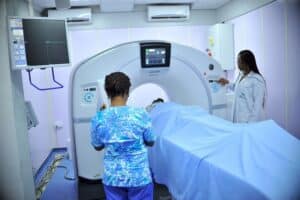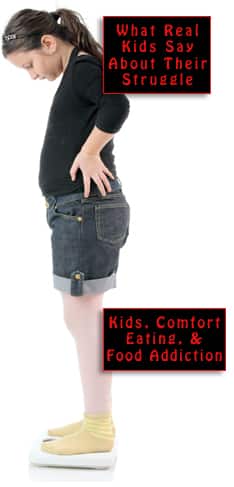
In this series concerning the costs of obesity, today’s post is about equipment. We mention some specifics of why the issue is an ongoing and ever-growing problem for patients, family members, and/or caregivers, medical professionals, other hospital personnel, insurers, and basically the American public at large.
“Bariatric” is a term that refers not only to weight reduction surgery but to the entire field of obesity treatment. Let us confront the issue of equipment — first, by looking at some available devices. Several sources were consulted for bits and pieces of information; a typical website of this genre describes items designed for patients in their everyday lives at home and out in public.
Crutches can be found for people who weigh up to 650 pounds and maybe even heavier. There are canes guaranteed to support 500 pounds. Specialized companies make extra-wide, super-strong walkers. A combination walker and seat called a rollator will support up to 500 pounds and run you $800 or more.
An extra-wide wheelchair that supports up to 850 pounds can be had for just under $1,000, while a less sturdy model might go for half that price. And who would have guessed that a “transport chair” is a whole different category of item?
Other locales
For the home, a furniture company has designed a super-strong lounge chair that can be had for around $2,500, and a scooter available for approximately $3,750. A special bed for home use can serve a person of up to 450 pounds (or even heavier), but the basic horizontal structure itself is only the beginning. The side rails, for instance, may represent a separate, additional expense.
A home bed may cost around $3,000, but quite possibly might add up to more. In a hospital, a high-tech, specialized bariatric care bed could run for 10 times as much. A mattress particularly designed for very obese individuals is composed of different materials from the standard hospital mattress, and may cost as much as $4,000.
In either case, the patient will probably need a trapeze (around $1,000) to lift himself or herself off the bed’s surface and change the body position. For patients who need help when in physical therapy recapturing their ability to walk, there are ceiling lifts.
Similar devices are able to lift a very large person from the floor onto an exam table or bed. Although modern hospitals are designed from scratch with such contingencies in mind, the structure of a typical home might need some expensive refurbishment to handle a suspended load of this kind.
Different strokes for different folks
For more intimate needs in the individual’s bedroom and/or bathroom, there are transfer benches to help get a person on the toilet; bedside commodes (starting at around $200), shower chairs, raised toilet seats, toilet safety rails, and other beefed-up versions of standard items, and they all cost more if a lot of poundage is involved.
Equipment that will probably be found only inside a medical institution includes an extra-sturdy exam table that sells for around $2,000. For the use of the bariatric surgeon, special stapling equipment is available in the $4,000 – $5,000 range. But this begins to impinge on a whole different, related area.
Let’s take a moment to scope out an article about patient safety, with a long and explicatory title: “How Safety Is Compromised When Hospital Equipment Is a Poor Fit for Patients Who Are Obese.”
This assessment is five years old, but not much has changed since then:
Event reports […] indicate that some healthcare facilities do not have the necessary equipment to monitor and care for some individuals in this patient population, leading to embarrassment for patients, delays in care, and injuries to patients.
The most frequent problem situations involve imaging equipment, “especially MRI and CT scanners,” or at least events in the imaging department. Stretchers and wheelchairs are statistically implicated to a startling degree. Almost 75% of patient safety mishaps result in what is euphemistically called “a delay in care,” with most of the delays consisting not only of pausing to assess the damage, but in treating the resulting damage. Nobody wants this.
A huge field of knowledge is involved here, which mainly concerns adult patients rather than children. But this is the point we make again and again: The odds of an obese child growing into an obese adult are daunting. No parent wants to peer into the future and see this kind of picture. And looking at a bit of specialized bariatric equipment, and the associated prices, hopefully will cause some degree of a “scared straight” effect.
Your responses and feedback are welcome!
Source: “Bariatric durable medical equipment product guide,” Medline.com, undated
Source: “Bariatric and Heavy Duty Patient Lifts and Slings,” AdaptiveSpecialties.com, undated
Source: “How Safety Is Compromised When Hospital Equipment Is a Poor Fit for Patients Who Are Obese,” PatientSafety.pa.gov, March 2020
Image by dmchannelsng/Pixabay

 FAQs and Media Requests:
FAQs and Media Requests: 











